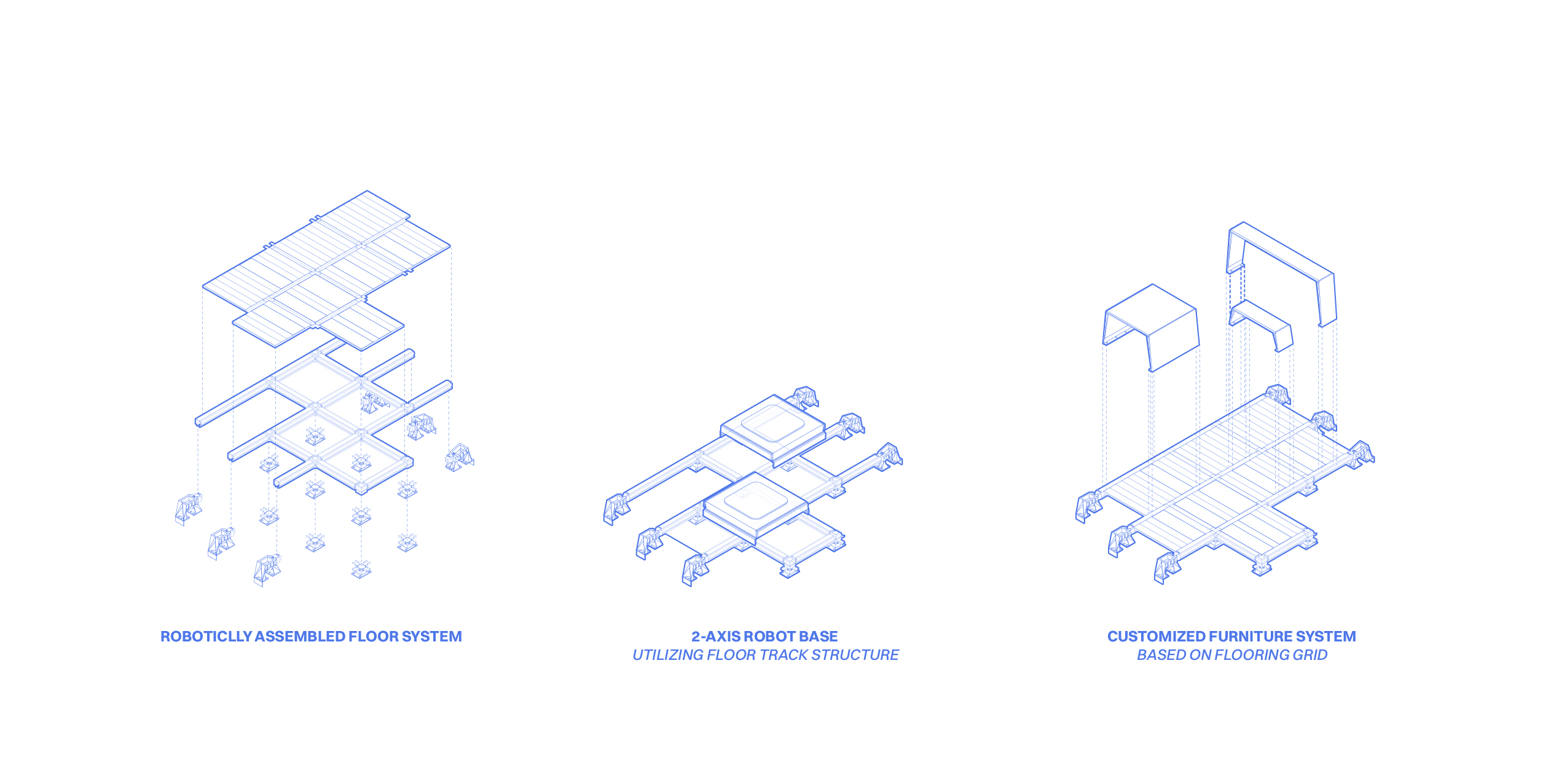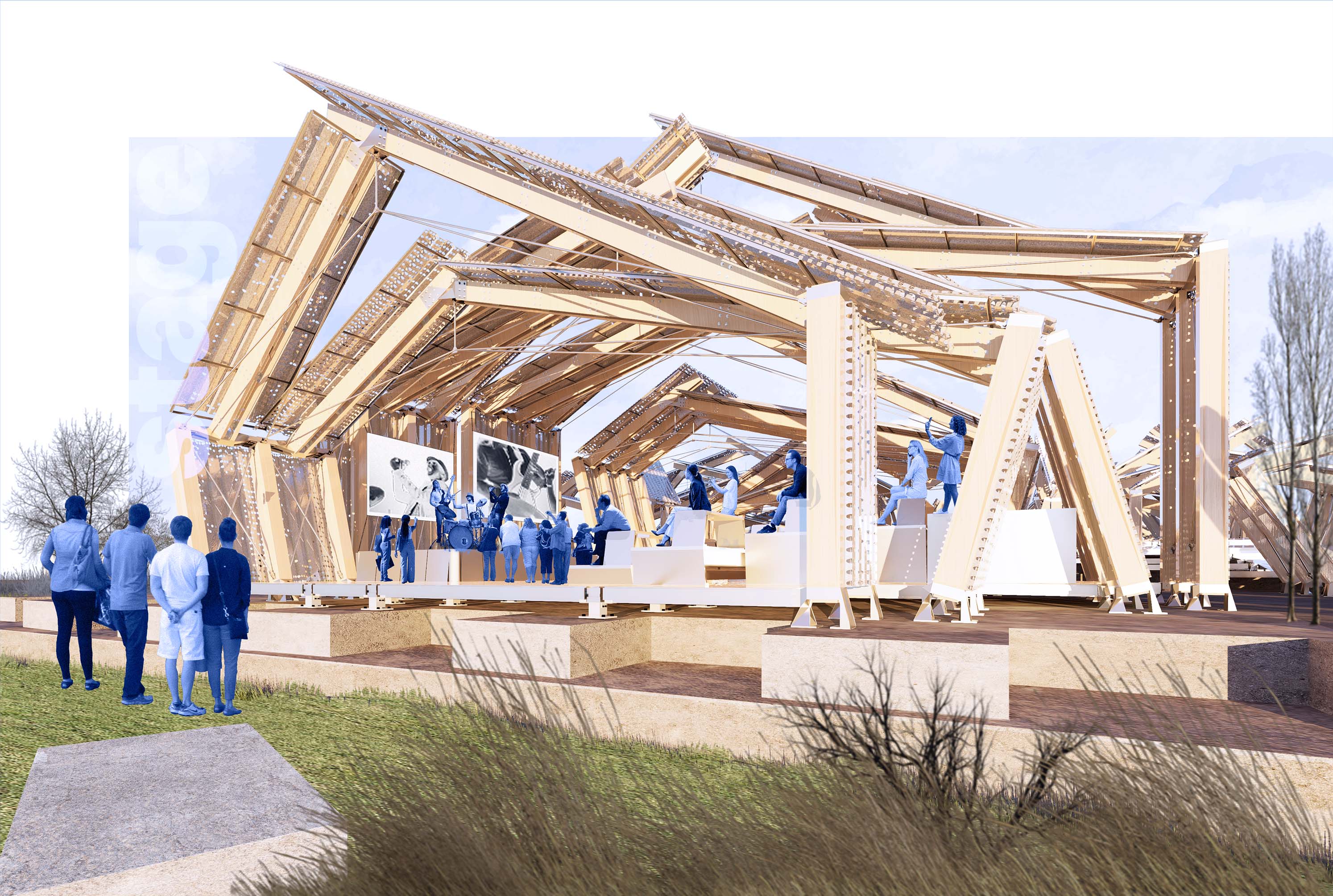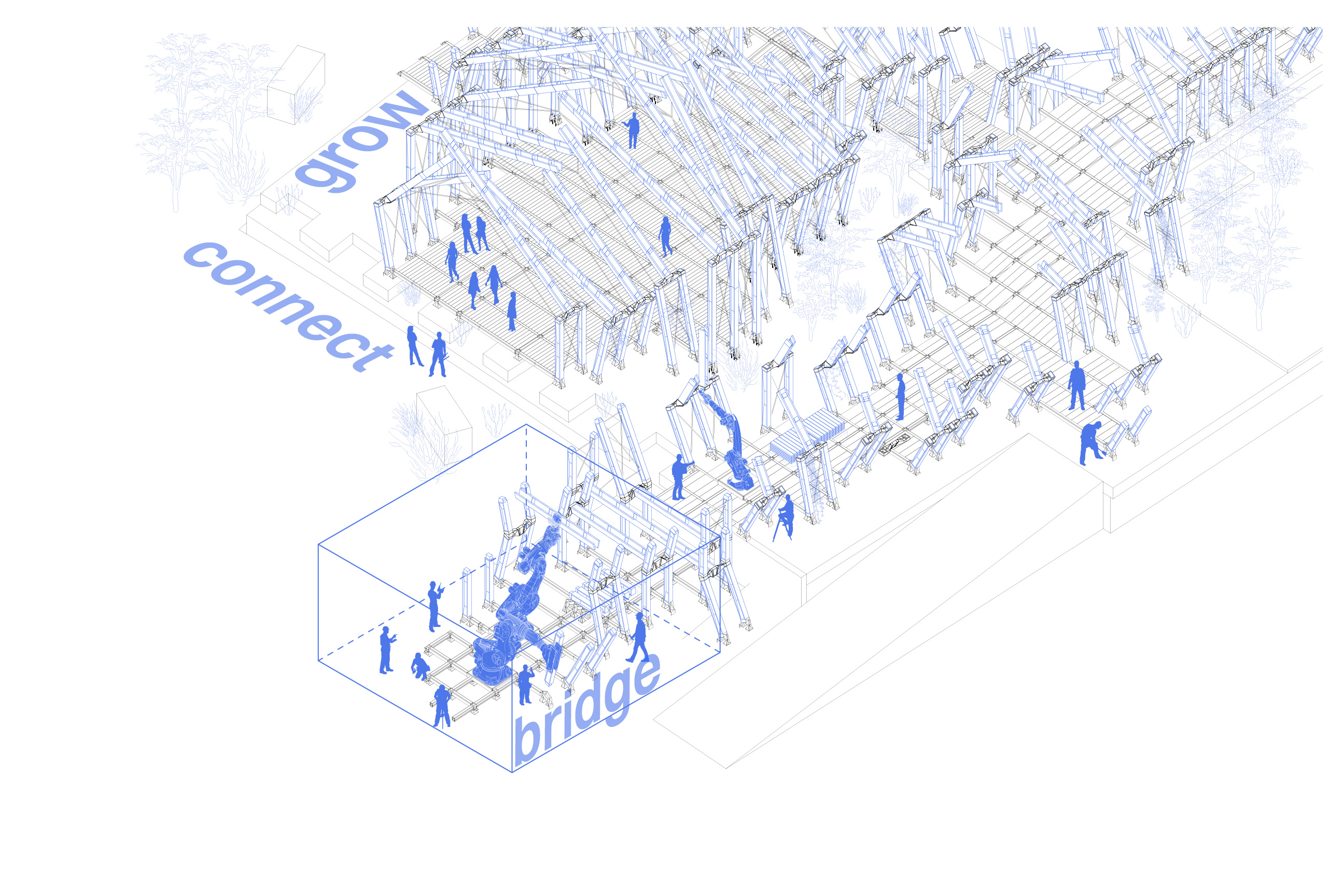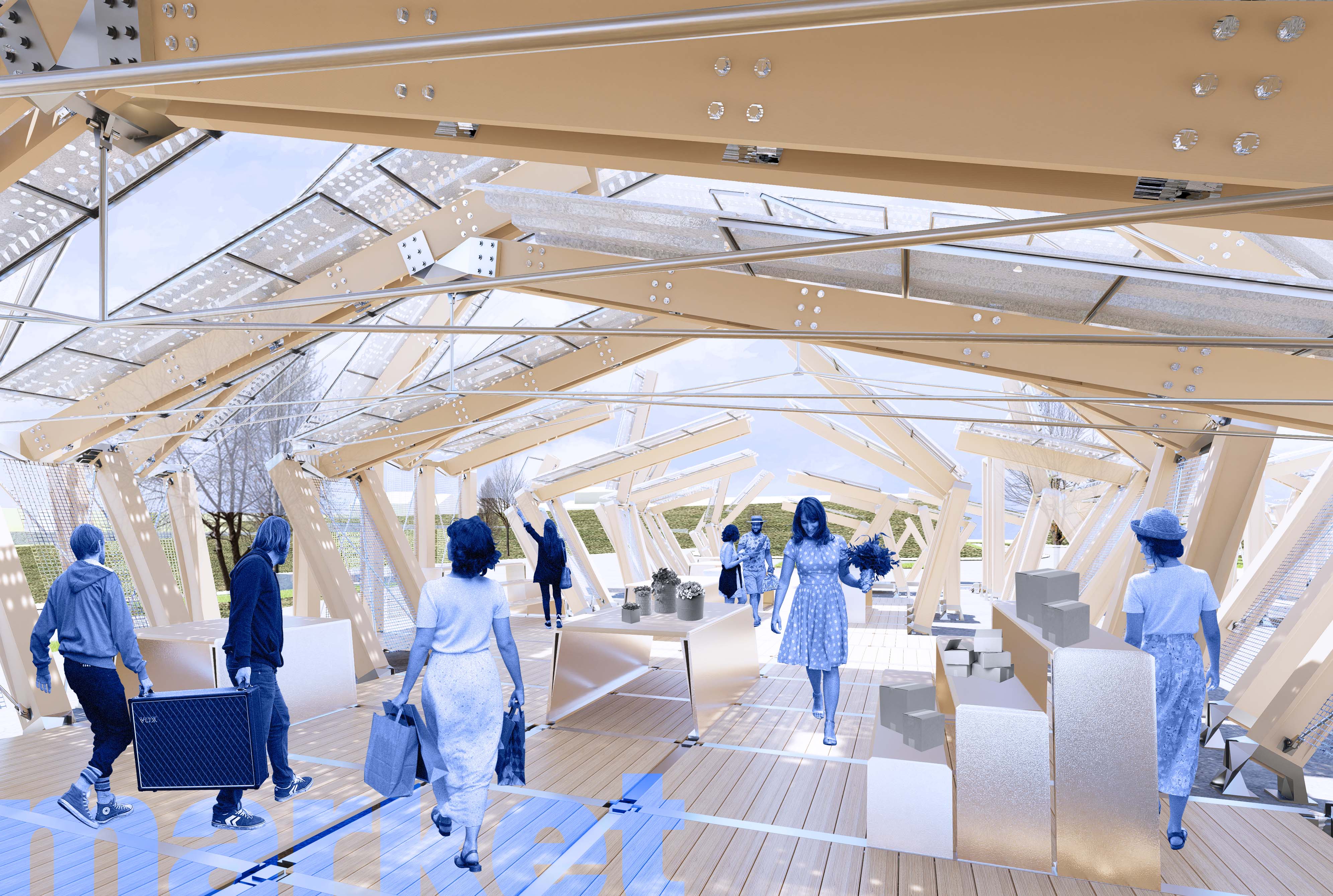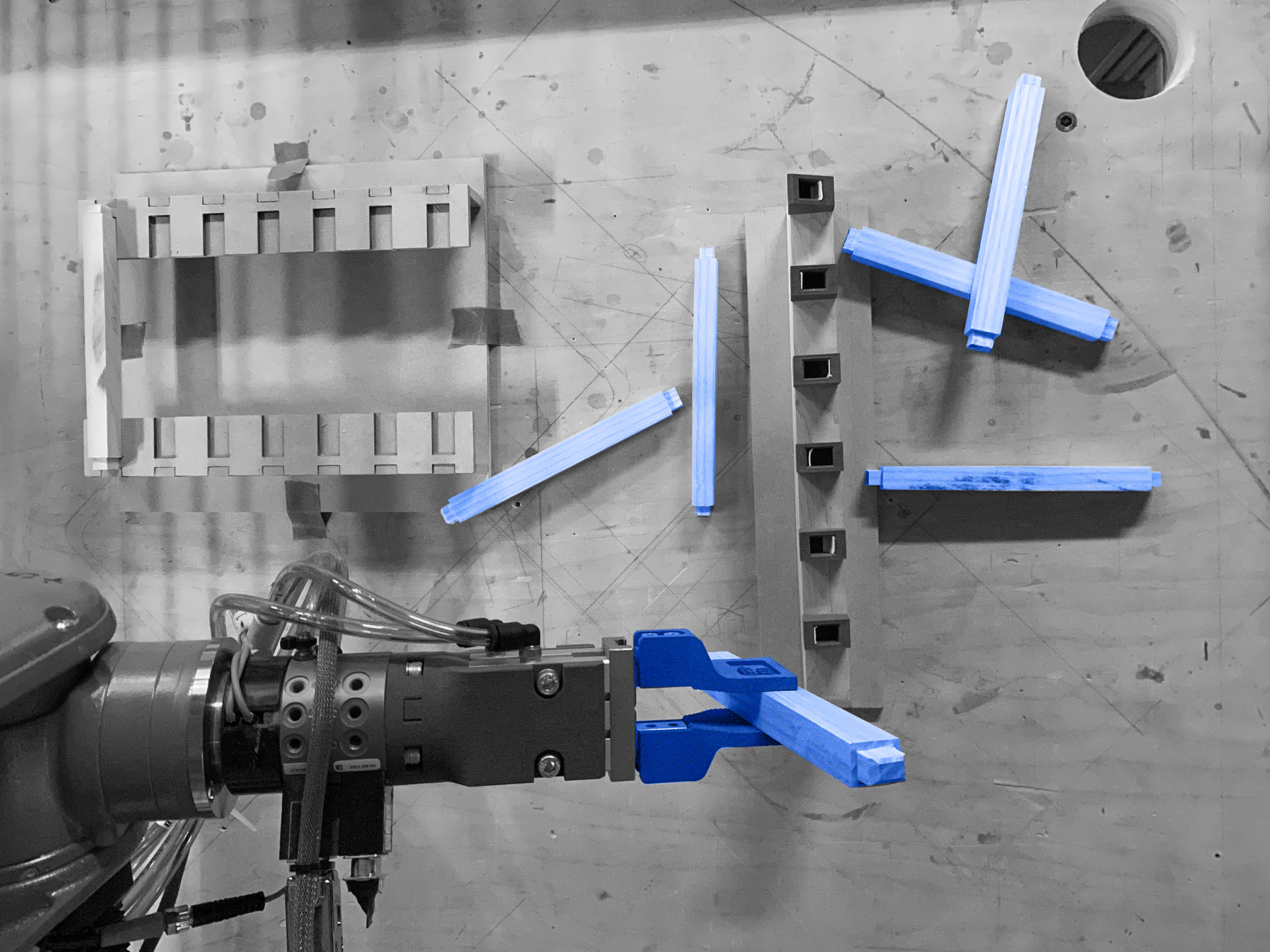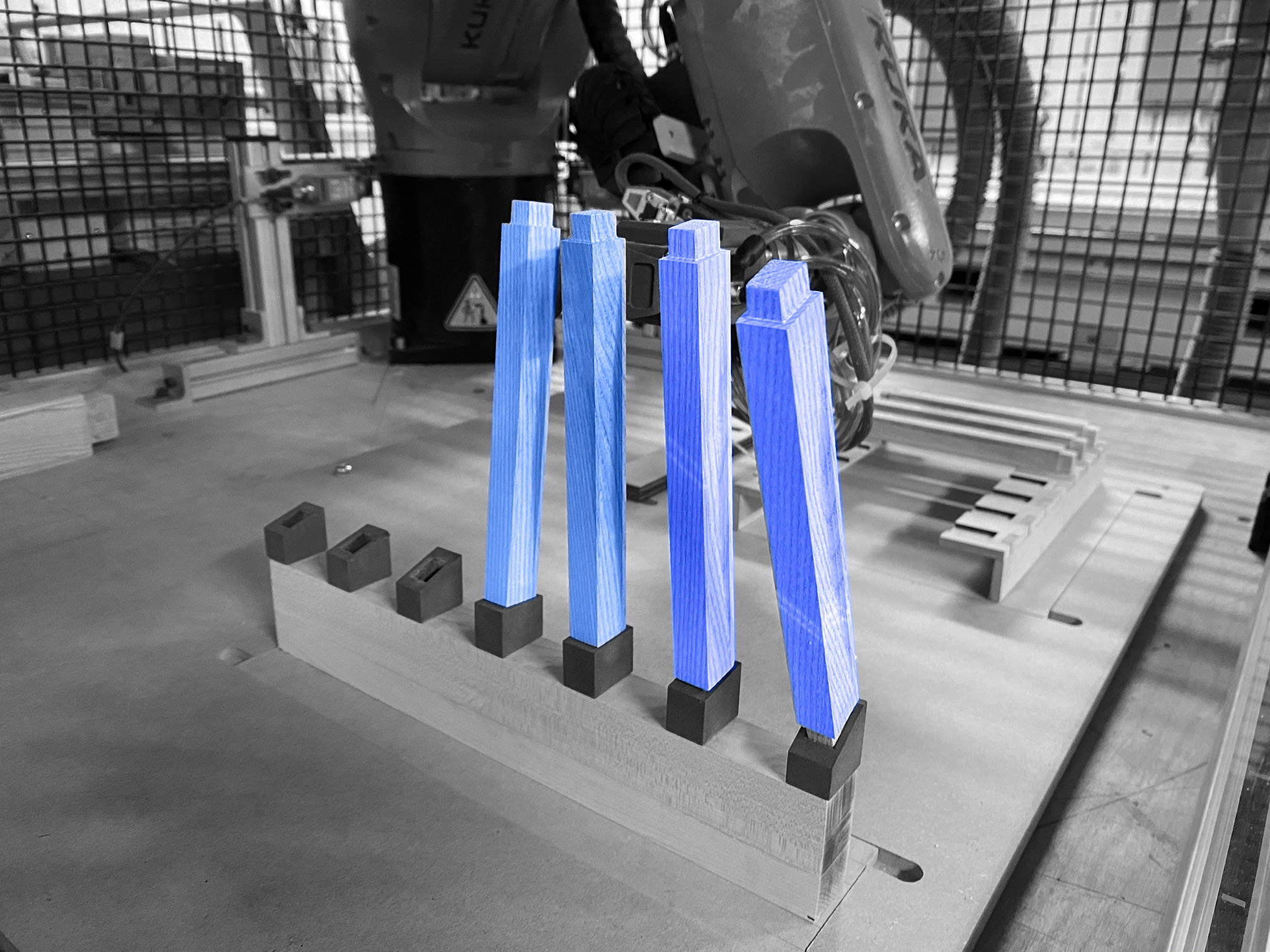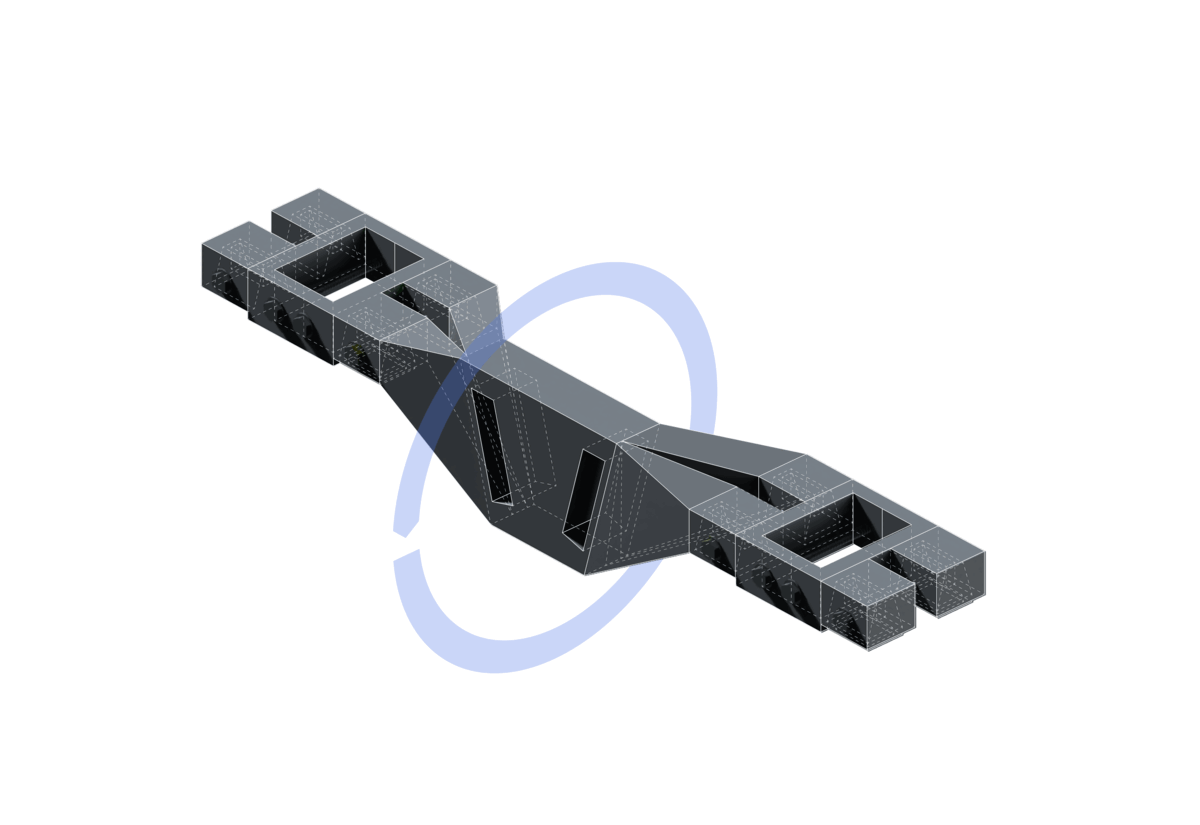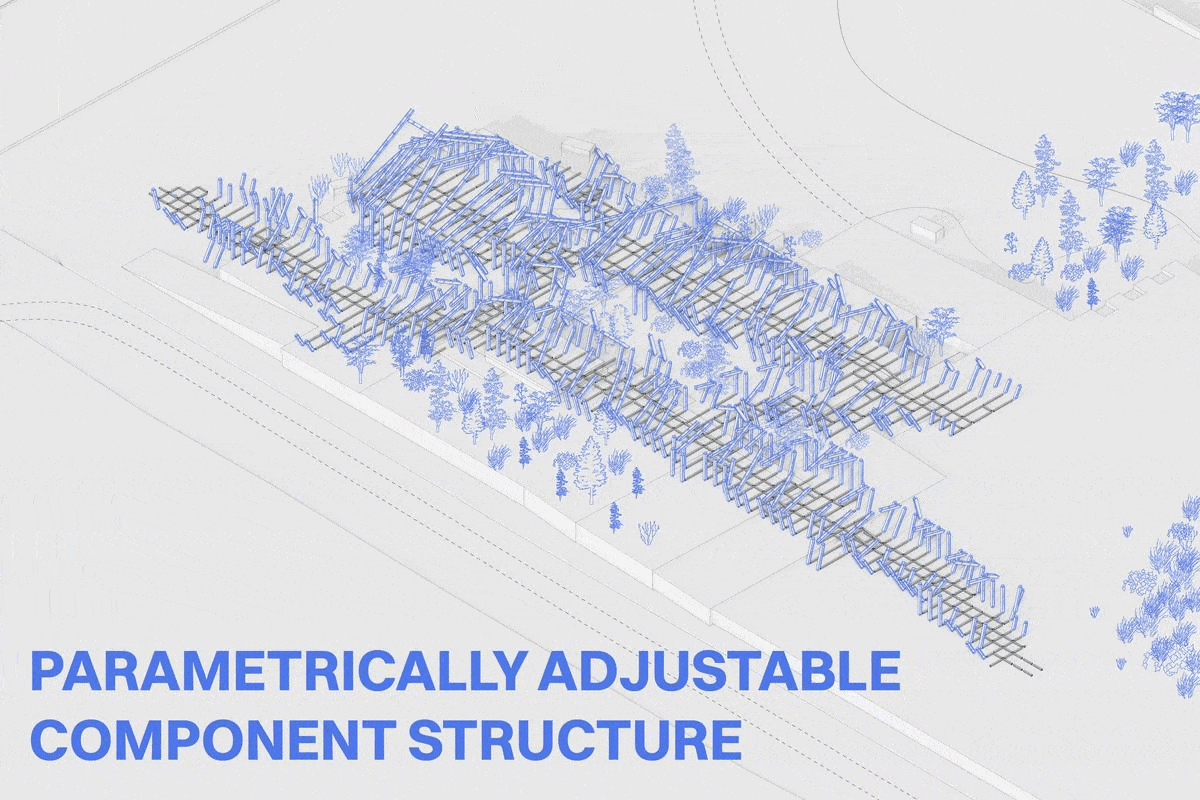MASTER OF ARCHITECTURE
Gabriel Garofalo—RAIC Honour Roll
![]()
Gabriel Garofalo—RAIC Honour Roll

About the Award
For those students who have achieved high academic standing in the top 10% of their graduating class.
Through my experience within the Department of Architectural Science undergraduate and masters program, I have been able to strive further into my education and engage with new technologies and methodologies within architecture.
Being selected as a recipient is a great honour and I would like to thank the RAIC for sponsoring this award. I also want to give thanks to all the supportive figures I’ve encountered within the Department of Architecture at TMU as well as all my supportive family and friends.
Throughout my time in the masters program, I have been ever curious with the intersection of social experiences, architecture, and technology. The involvement in various theoretical, technical, and experimental research projects as a Research and Graduate Assistant, inspired a new appreciation for research and the importance of exploring ideas in architecture.
Digital Endemicity: Localized Characteristics for Architectural Fabrication
My thesis project resides in the intersection of digital fabrication, localized architectural design and the need to rethink how we construct our built world.
The architectural industry and academia have standardized the use of digital tools. From the drawing of a line to the fabrication of a wall, all architectural processes are intertwined with digital interpretations. Technology merged with contextual knowledge has the ability to inform future advancements in digital fabrication. As digital tools encompass the architectural industry the direction of implementation is crucial to the future built context and its relationship to its physical environment. The current disconnections between object and place are evident in contemporary digital architecture and parametric design.
Endemicity, in this context, refers to specifically localized elements within an environment. My thesis project highlights how future digital technologies and existing endemic elements can be blended into a system of fabricating architecture.
Through extensive reflection of meaningful definitions of localized materiality, tools, methods, knowledge and social contexts, conceptual frameworks for extracting, fabricating and assembling have been defined. This in turn results in a digitally endemic process that can be applied to unique environments with differentiating programmatic uses.
This process was tested within a brownfield urban site in Hamilton, Ontario. Here data and analysis resulted in the digital design of components and processes for fabricating. The architectural intervention lightly cascades across the uneven terrain and provides an urban connection to the waterfront from the city’s downtown core. This instance of the system utilizes waste wood and steel from the prominent and historic local industry. With the use of human guided on-site robotic fabrication and parametric steel connections that can adapt to existing conditions, overtime the system can grow and evolve across the city.
Additionally, the digitally fabricated and robotically assembled system is a hub for local creativity, holding performance stages, and creative marketspaces as nodes along the urban pathway. The architectural components and the in-situ construction strive to develop ties with the community and evoke a sense of locality to their built environment.
At this turning point in the making of architecture, there exists an ability to guide the use of digital tools to define an architectural character that enhances the built object and the inhabitant’s relationship to their environment.
For those students who have achieved high academic standing in the top 10% of their graduating class.
Through my experience within the Department of Architectural Science undergraduate and masters program, I have been able to strive further into my education and engage with new technologies and methodologies within architecture.
Being selected as a recipient is a great honour and I would like to thank the RAIC for sponsoring this award. I also want to give thanks to all the supportive figures I’ve encountered within the Department of Architecture at TMU as well as all my supportive family and friends.
Throughout my time in the masters program, I have been ever curious with the intersection of social experiences, architecture, and technology. The involvement in various theoretical, technical, and experimental research projects as a Research and Graduate Assistant, inspired a new appreciation for research and the importance of exploring ideas in architecture.
Digital Endemicity: Localized Characteristics for Architectural Fabrication
My thesis project resides in the intersection of digital fabrication, localized architectural design and the need to rethink how we construct our built world.
The architectural industry and academia have standardized the use of digital tools. From the drawing of a line to the fabrication of a wall, all architectural processes are intertwined with digital interpretations. Technology merged with contextual knowledge has the ability to inform future advancements in digital fabrication. As digital tools encompass the architectural industry the direction of implementation is crucial to the future built context and its relationship to its physical environment. The current disconnections between object and place are evident in contemporary digital architecture and parametric design.
Endemicity, in this context, refers to specifically localized elements within an environment. My thesis project highlights how future digital technologies and existing endemic elements can be blended into a system of fabricating architecture.
Through extensive reflection of meaningful definitions of localized materiality, tools, methods, knowledge and social contexts, conceptual frameworks for extracting, fabricating and assembling have been defined. This in turn results in a digitally endemic process that can be applied to unique environments with differentiating programmatic uses.
This process was tested within a brownfield urban site in Hamilton, Ontario. Here data and analysis resulted in the digital design of components and processes for fabricating. The architectural intervention lightly cascades across the uneven terrain and provides an urban connection to the waterfront from the city’s downtown core. This instance of the system utilizes waste wood and steel from the prominent and historic local industry. With the use of human guided on-site robotic fabrication and parametric steel connections that can adapt to existing conditions, overtime the system can grow and evolve across the city.
Additionally, the digitally fabricated and robotically assembled system is a hub for local creativity, holding performance stages, and creative marketspaces as nodes along the urban pathway. The architectural components and the in-situ construction strive to develop ties with the community and evoke a sense of locality to their built environment.
At this turning point in the making of architecture, there exists an ability to guide the use of digital tools to define an architectural character that enhances the built object and the inhabitant’s relationship to their environment.


